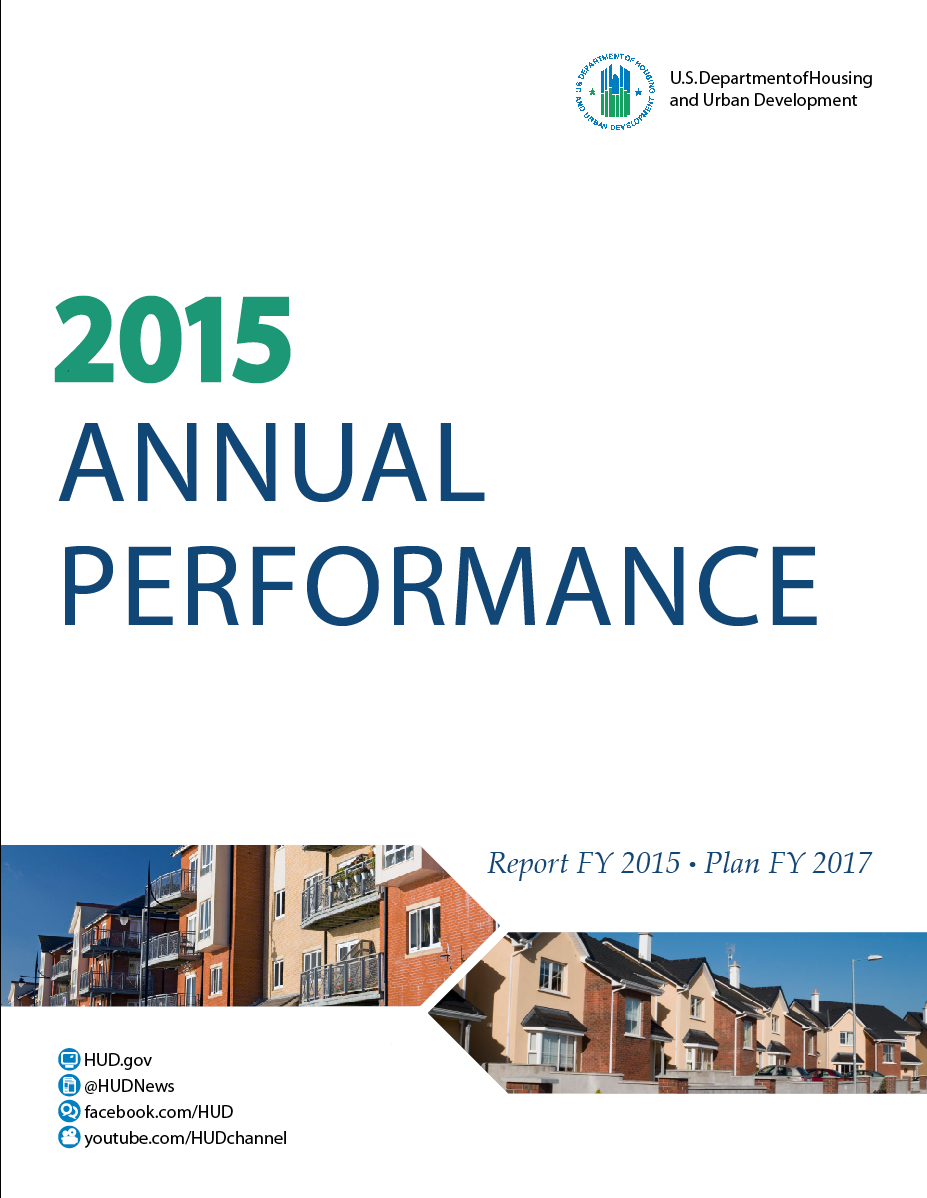- Home
- Agencies
- Department of Agriculture
- Department of Housing and Urban Development
- General Services Administration
- Department of Commerce
- Department of the Interior
- National Aeronautics and Space Administration
- Department of Defense
- Department of Justice
- National Science Foundation
- Department of Education
- Department of Labor
- Office of Personnel Management
- Department of Energy
- Department of State
- Small Business Administration
- Environmental Protection Agency
- Department of Transportation
- Social Security Administration
- Department of Health and Human Services
- Department of the Treasury
- U.S. Agency for International Development
- Department of Homeland Security
- Department of Veterans Affairs
- Goals
- Initiatives
- Programs
Primary tabs
Key to Changes
This text is Revised text
This word has been added to the text
This text is Last Published text
This word has been removed from the text
Modifed styling with no visual changes
Strategic Objective
End homelessness for veterans, people experiencing chronic homelessness, families, youth, and children.
Strategic Objective
Overview
HUD’s annual “Point-in-Time” estimates measure the scope of homelessness on a single night in January of each year. Based on data reported by more than 3,000 cities and counties, the January 2013 one-night estimate reveals a 24-percent drop in homelessness among veterans and a 16-percent reduction among individuals experiencing long-term or chronic homelessness since 2010. HUD’s estimate also found the largest decline in the number of persons in families experiencing homelessness since the Department began measuring homelessness in a standard manner in 2005. Overall, a total of 610,042 people experienced homelessness in the United States on a single night in January 2013.
Homelessness among unaccompanied youth is a hidden problem, which HUD and its partners are taking steps to solve. Some subpopulations of youth are at particularly high risk for homelessness, including youth aging out of foster care and lesbian, gay, bisexual, transgender, queer, and questioning youth.
In 2010, the Obama Administration released Opening Doors*, the first ever comprehensive federal strategic plan to prevent and end homelessness. The goals of the plan are to prevent and end veterans’ and chronic homelessness by 2015, to prevent and end homelessness for families, youth, and children by 2020, and to set a path to ending all types of homelessness. HUD remains committed to the goals of Opening Doors, but to reach them the pace of current efforts must accelerate. Over the next 5 years, HUD will work with its partners to deploy the solutions that we know are effective for the right persons, such as rapid rehousing and permanent supportive housing. These tools must be informed by a Housing First approach, whereby preconditions and barriers to housing entry are removed and people move into housing as quickly as possible.
*United States Interagency Council on Homelessness, Opening Doors: Federal Strategic Plan to Prevent and End Homelessness (June 2010).
Read Less...Progress Update
In FY 2015, HUD continued to learn more about what interventions work best to stably and permanently house families and individuals who experience a housing crisis, and targeted homelessness resources according to the greatest need. In January 2015, alongside the FY 2014 CoC Program renewals and awards, HUD awarded a $40 million bonus for a permanent supportive housing (PSH), dedicated to serving individuals experiencing homelessness. This award reinforces the Department’s commitment to targeting permanent supportive housing resources to households experiencing chronic homelessness, and encouraging communities to invest in permanent housing solutions. In February 2015, the Department published a policy brief summarizing the agency’s views on goals for the coordinated entry process, to inform local efforts as they develop these processes. These systems are crucial for making quick connections with families and individuals who experience a housing crisis, identifying and assessing their needs, and prioritizing resources according to that need. In July 2015, we released the 18-month findings from the Family Options Study, a randomized controlled trial that showed that families offered a housing voucher experienced better housing stability than those provided rapid re-housing, place-based transitional housing, or usual care in shelter. In light of these lessons, we have increased our communications and technical assistance to public housing authorities and multifamily property owners on how to target and serve households experiencing homelessness.









